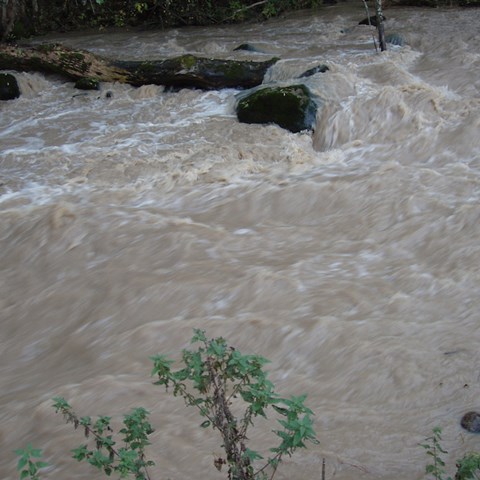Contact
Department of Aquatic Sciences and Assessment, Division of Geochemistry and Hydrology, laboratory

Turbidity is a measure of the proportion of incoming light that is deviated from its linear path as it passes through the sample, which in surface waters mostly depends on reflection of particle surfaces. Thus, turbidity comprises a measure of the amount of suspended particles in the water. The unit used here is FNU (formazine nephelometric units), an expression of how the signal measures compared to that obtained from a formazine suspension, prepared in a standardised way.
Closely related analytical methods that also estimate the amount of particles in the water are suspended matter and the difference between absorbance on unfiltered and filtered water.
Since 2010 is turbidity analysed in all waters within the national environmental monitoring and in many regional monitoring programs. Before 2010 was the haziness calculated as the difference between absorbance on unfiltered and filtered water. Read more about the method change in the report “Change of method for measuring the haziness in lakes and water courses – AbsDiff replaced with turbidity 2010” (in Swedish).
No problems reported.
Valid since January 2010
Method: SS-EN ISO 7027:1999.
Instruments: Turbidimeter Hach 2100AN IS (870 nm, angle of measurement 90°), and sample changer Metrohm 815 with piston pump. The measurement is made statically (the flow is stopped), and the data is collected promptly after a short period of stabilisation.
Read more about water turbidity and haziness on Wikipedia.